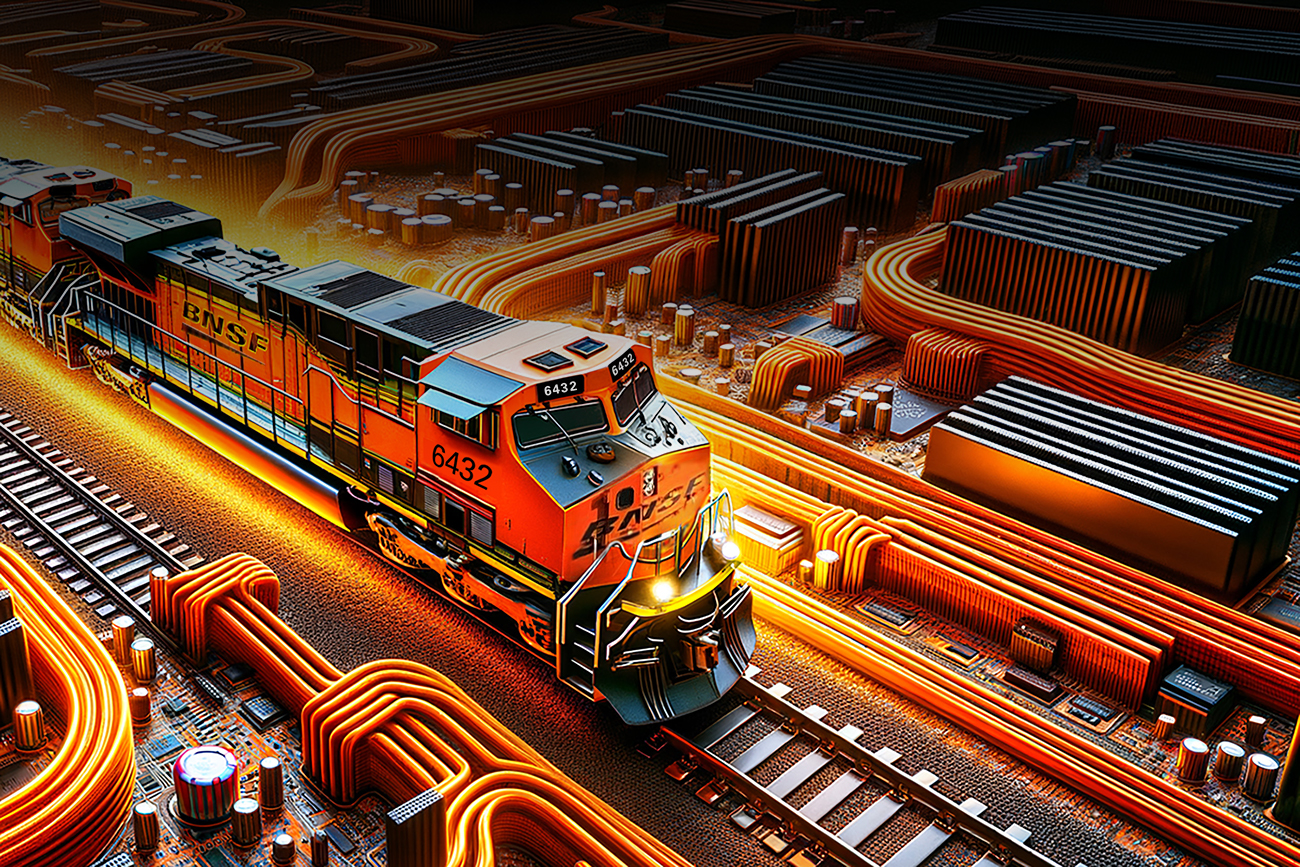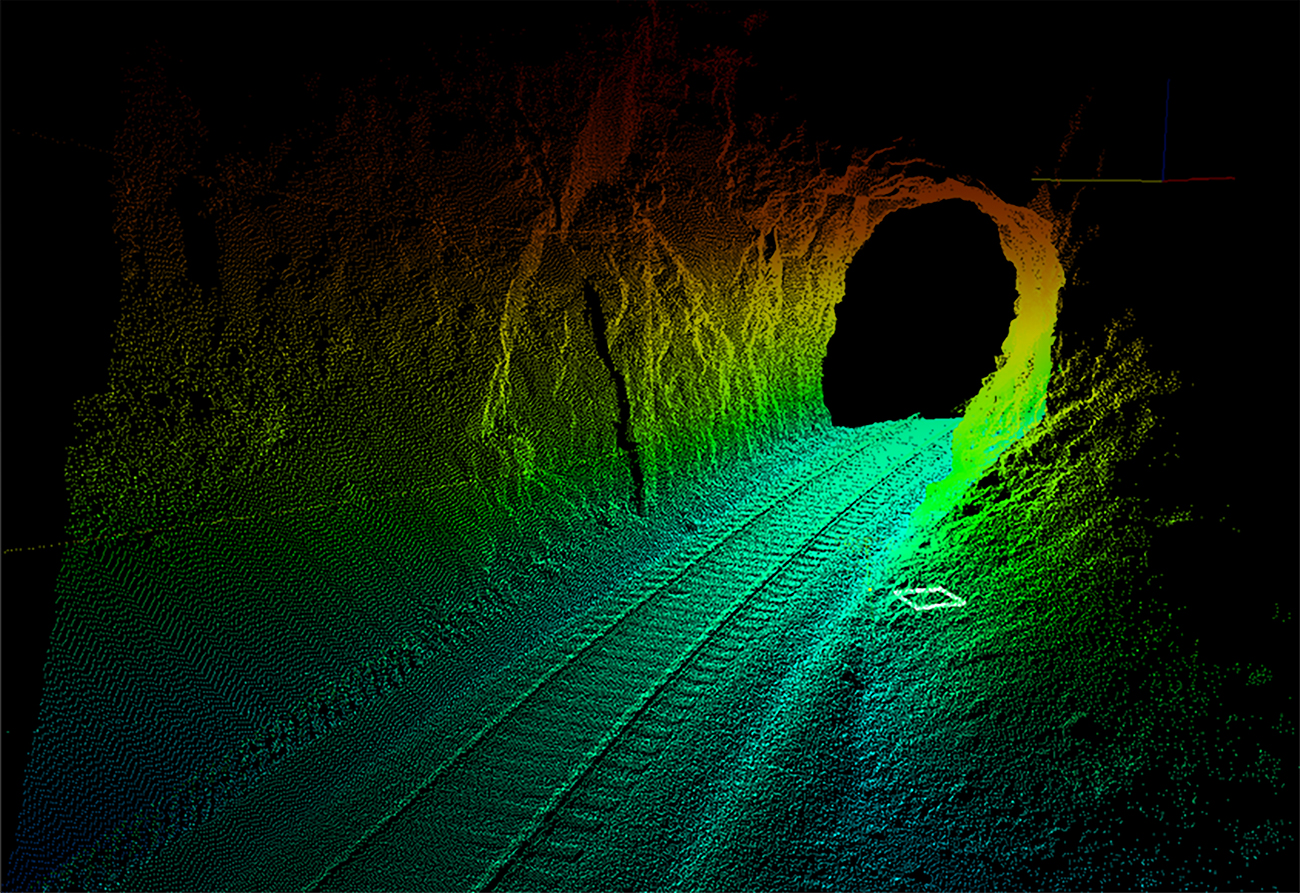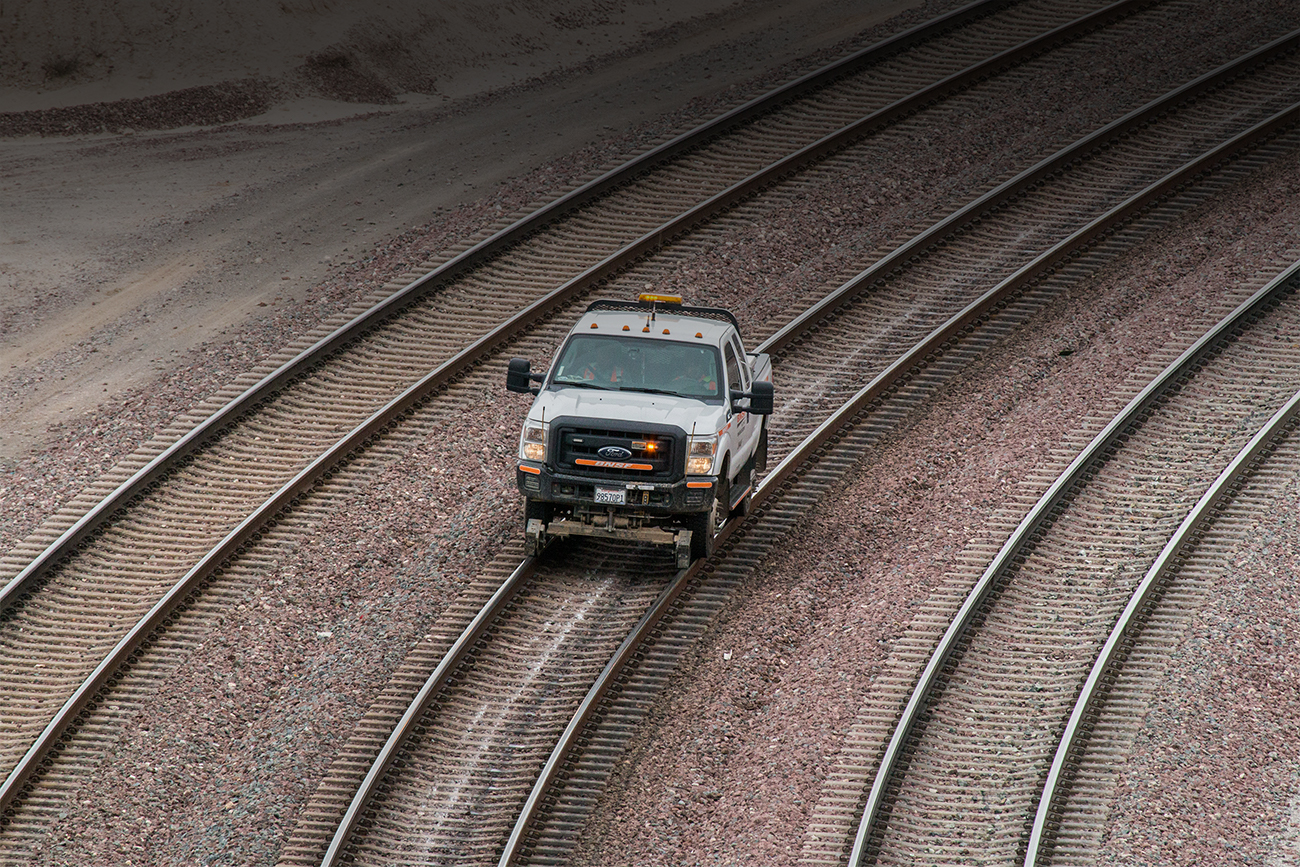
Weeding out inefficiencies: AI helps vegetation crews go to the right place at the right time
By SAM HASWELL
Staff Writer
With more than 15,000 crossings across our 32,500-mile rail network, our field crews work diligently to inspect each one to confirm that they meet state and federal regulatory standards. This includes making sure vegetation is under control and trimmed enough to allow full visibility for train crews and the public.
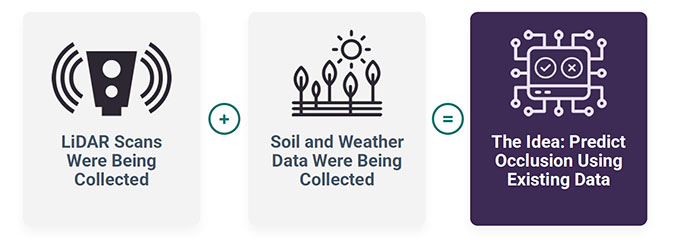
Finding the optimal location to send crews can sometimes be a challenge because vegetation doesn’t grow on a schedule.
However, in conjunction with our outside vendor partners, we have developed new technology known as Predictive Vegetation Management (PVM) to accurately predict where and when vegetation growth will occur to more efficiently and effectively direct crews to crossings that need attention.
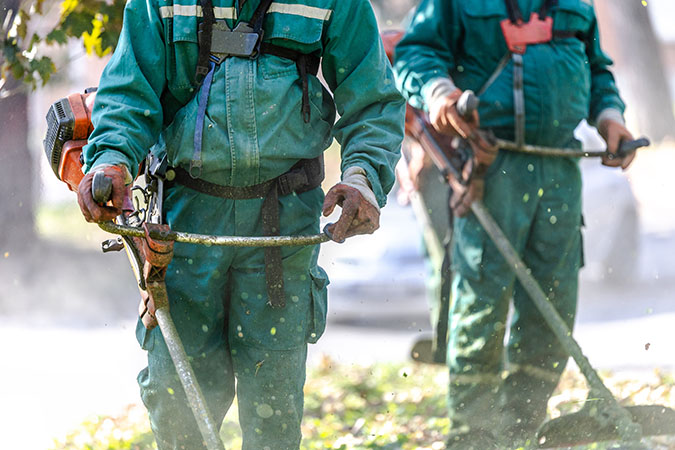
Since 2023, BNSF has been working to digitally assess vegetation at crossings using LiDAR technology. BNSF used the data from the LiDAR, along with data taken from soil and previous weather patterns, to be able to confidently forecast vegetation growth and optimize crew scheduling.
LiDAR (Light Detection and Ranging) is a detection technology that works similarly to radar but uses light from a laser instead of radio waves.
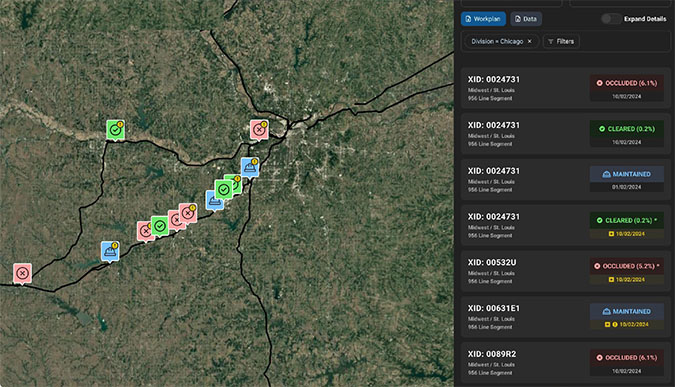
Along with reducing travel times between crossings, the PVM will also enhance productivity because our crews will be able to work more efficiently.
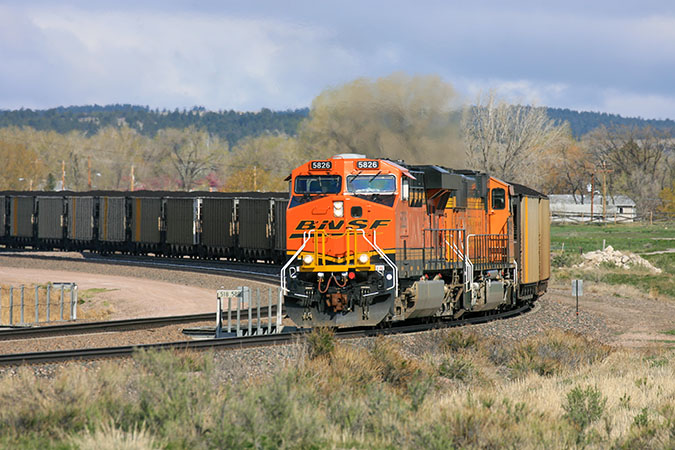
“This technology will allow us to be more effective in the identification and abatement of vegetation encroachment across our network,” said General Director of Maintenance Support Steve Thompson. “It will allow us to increase efficiency and allocate our budget to go farther.”
